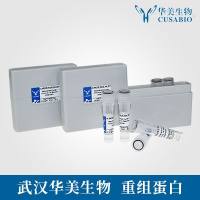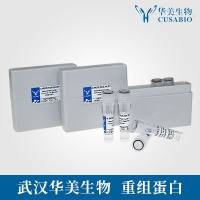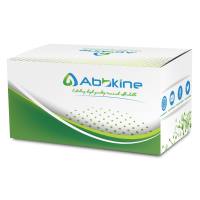Recent progress in mass spectrometry allowed the identification of numerous proteins in complex soluble mixtures; however, the analysis of membranous subproteomes is still a challenging task. Integral membrane proteins, in particular those with more than one transmembrane domain, have been difficult to separate by 2D electrophoretic methods due to their tendency to aggregate. The conventionally used 2D technique based on isoelectric focussing in the first-dimension and SDS-PAGE in the second-dimension is a powerful method to separate soluble protein samples, albeit it has major drawbacks in the separation of hydrophobic proteins. An alternative electrophoretic technique especially suitable for the analytical and preparative separation of membrane proteins is 2D 16-BAC/SDS electrophoresis. The first-�dimension involves discontinuous gel electrophoresis towards the cathode in an acidic buffer system using the �cationic detergent benzyldimethyl-n -hexadecylammonium chloride (16-BAC). The separation in the second-dimension towards the anode is based on the anionic detergent SDS. Using this system in combination with subsequent MALDI-TOF mass spectrometry enabled us to identify the proteinaceous inventory of synaptic vesicles from rat brain. Moreover, applying these techniques to plasma membrane-docked synaptic vesicles allowed us to identify numerous proteins of the presynaptic active zone. Here, we describe the application of 2D 16-BAC-SDS polyacrylamide gel electrophoresis for the fractionation and identification of synaptic vesicle proteins and the presynaptic active zone.






